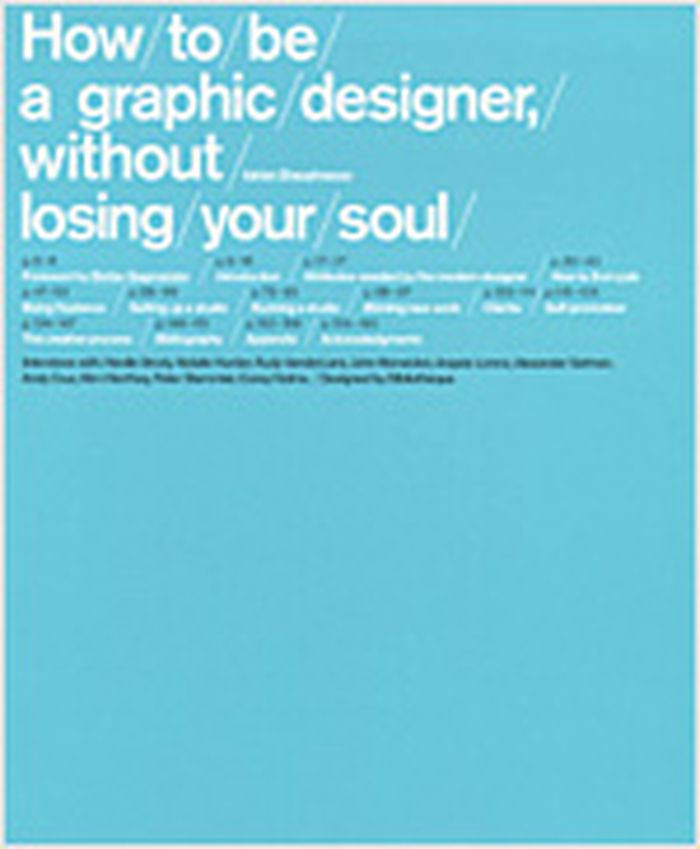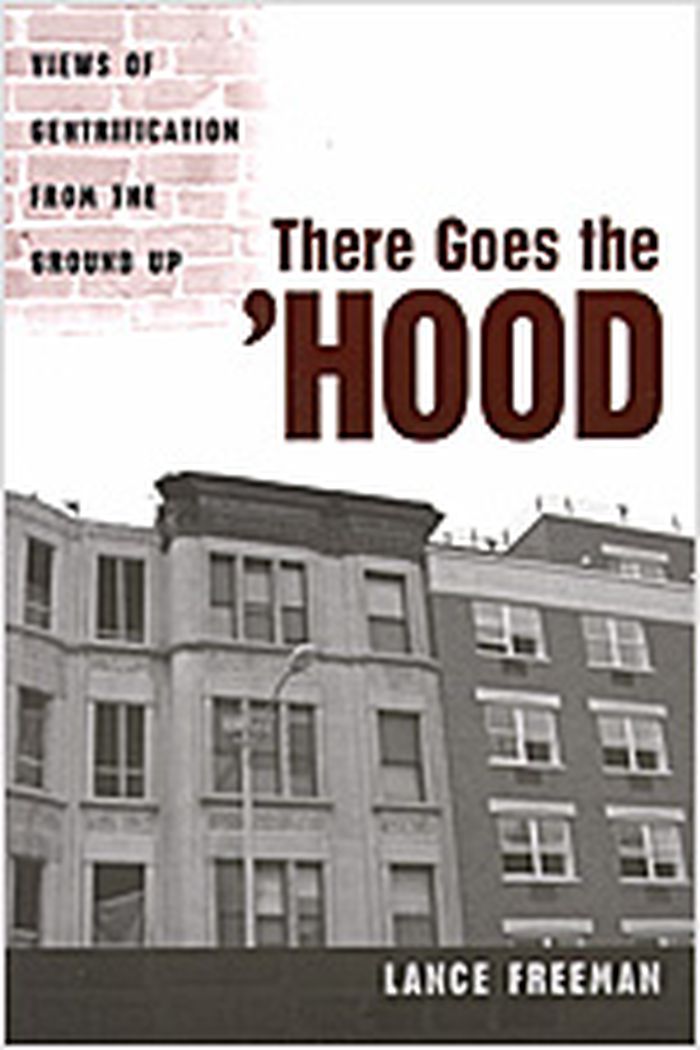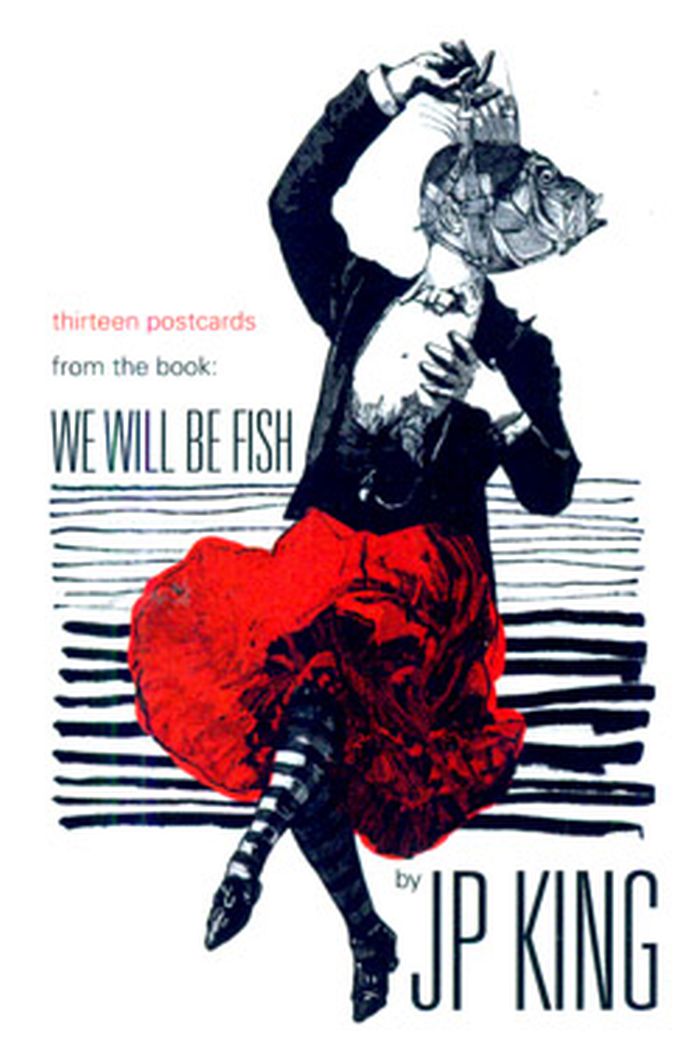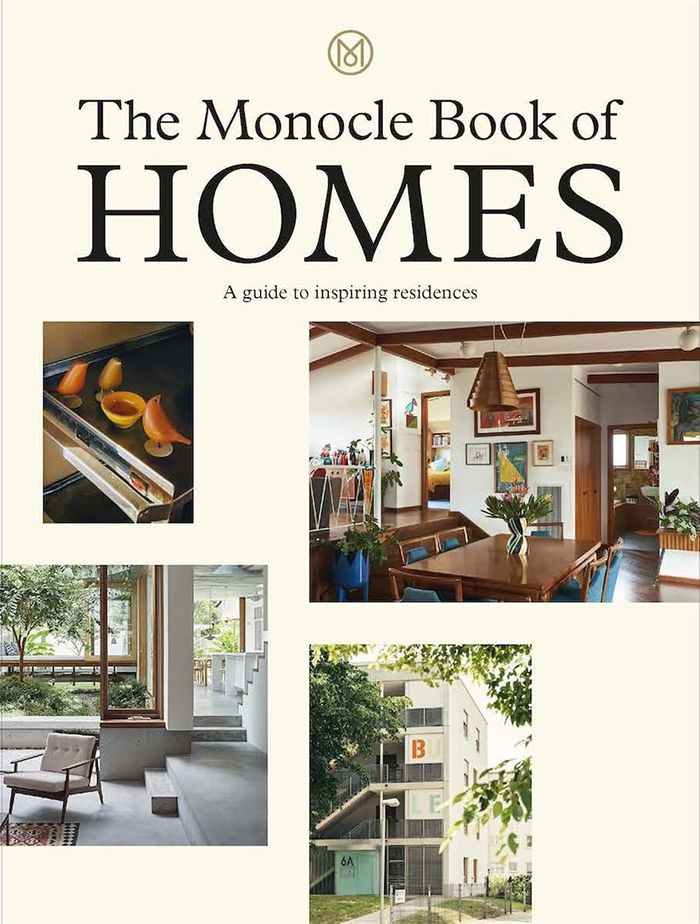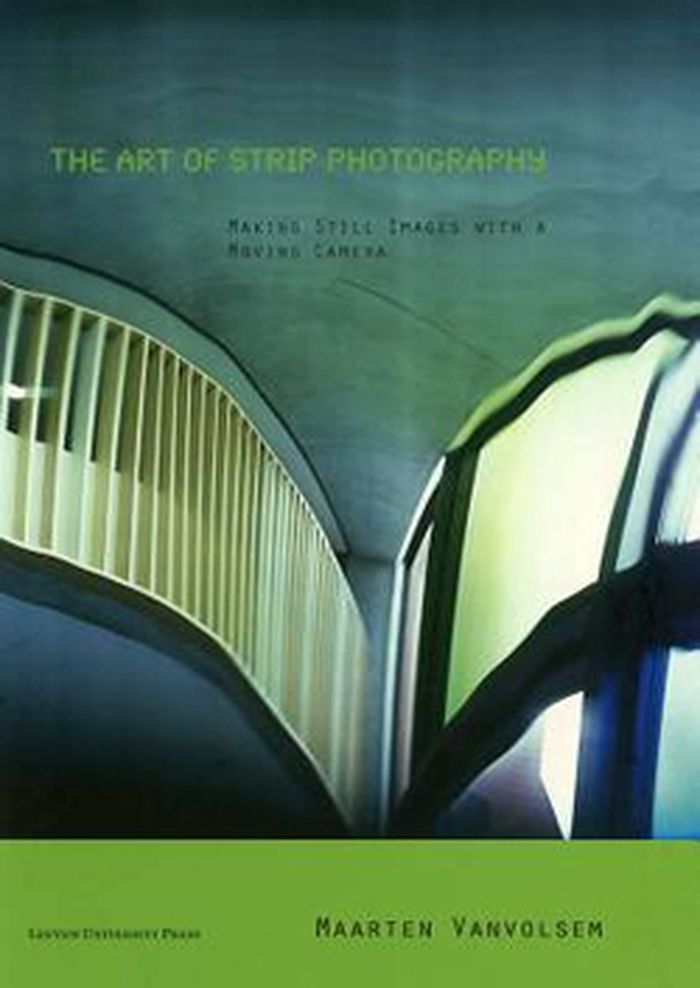vidéo
Description:
1 online resource (1 video file (27 minutes)) : sound, color
London, England : Pidgeon Digital, 1980.
In the Spirit of Ernest George / [presented by] Philip Johnson.
Actions:
Description:
1 online resource (1 video file (27 minutes)) : sound, color
vidéo
London, England : Pidgeon Digital, 1980.
livres
Description:
151 pages : illustrations ; 26 cm
University Park, PA : The Pennsylvania State University Press, ©2004.
Glass house / Margaret Morton.
Actions:
Exemplaires:
Description:
151 pages : illustrations ; 26 cm
livres
University Park, PA : The Pennsylvania State University Press, ©2004.
livres
Description:
volumes <1-4> : illustrations ; 26 cm
New York : Random House, [1991], © 1991
A life of Picasso / John Richardson with the collaboration of Marilyn McCully.
Actions:
Exemplaires:
Description:
volumes <1-4> : illustrations ; 26 cm
livres
New York : Random House, [1991], © 1991
$25.00
(disponible sur commande)
Résumé:
Designers are quick to tell us about their sources of inspiration, but they are much less willing to reveal such critical matters as how to find work, how much they charge, and what to do when a client rejects three weeks of work and refuses to pay the bill. "How to be a graphic designer without losing your soul" addresses the concerns of young designers who want to earn(...)
novembre 2005, New York
How to be a graphic designer, without losing your soul
Actions:
Prix:
$25.00
(disponible sur commande)
Résumé:
Designers are quick to tell us about their sources of inspiration, but they are much less willing to reveal such critical matters as how to find work, how much they charge, and what to do when a client rejects three weeks of work and refuses to pay the bill. "How to be a graphic designer without losing your soul" addresses the concerns of young designers who want to earn a living by doing expressive and meaningful work, and who want to avoid becoming hired drones working on soulless projects. Written by a designer for designers, it combines practical advice with philosophical guidance to help young professionals embark on their careers. How should designers manage the creative process? What's the first step in the successful interpretation of a brief? How do you generate ideas when everything just seems blank? "How to be a graphic designer" offers clear, concise guidance for these questions, along with focused, no-nonsense strategies for setting up, running, and promoting a studio, finding work, and collaborating with clients. The book also includes interviews with ten leading designers, including Rudy VanderLans (Emigré), John Warwicker (Tomato), Neville Brody (Research Studios), and Andy Cruz (House Industries).
$32.50
(disponible sur commande)
Résumé:
In this book, Lance Freeman sets out to answer a seemingly simple question : how does gentrification actually affect residents of neighborhoods in transition? To find out, Freeman does what no scholar before him has done. He interviews the indigenous residents of two predominantly black neighborhoods that are in the process of gentrification: Harlem and Clinton Hill,(...)
There goes the 'hood : views of gentrification from the ground up
Actions:
Prix:
$32.50
(disponible sur commande)
Résumé:
In this book, Lance Freeman sets out to answer a seemingly simple question : how does gentrification actually affect residents of neighborhoods in transition? To find out, Freeman does what no scholar before him has done. He interviews the indigenous residents of two predominantly black neighborhoods that are in the process of gentrification: Harlem and Clinton Hill, Brooklyn. By listening closely to what people tell him, he creates a more nuanced picture of the impacts of gentrification on the perceptions, attitudes and behaviors of the people who stay in their neighborhoods. Freeman describes the theoretical and planning/policy implications of his findings, both for New York City and for any gentrifying urban area. There Goes the 'Hood provides a more complete, and complicated, understanding of the gentrification process, highlighting the reactions of long-term residents. It suggests new ways of limiting gentrification's negative effects and of creating more positive experiences for newcomers and natives alike.
Théorie de l’urbanisme
$12.00
(disponible sur commande)
Résumé:
Thirteen Postcards of illustrations from the book of narrative poetry We Will Be Fish. These images are compiled from turn-of-the-century mail-order catalogs, medical & zoological textbooks, and engineering diagrams. We Will Be Fish is a collection of narrative poems and illustrations, which can be viewed here, published by Pistol Press in 2008. It was listed for the(...)
JP King : 13 postcards from the book We will be fish
Actions:
Prix:
$12.00
(disponible sur commande)
Résumé:
Thirteen Postcards of illustrations from the book of narrative poetry We Will Be Fish. These images are compiled from turn-of-the-century mail-order catalogs, medical & zoological textbooks, and engineering diagrams. We Will Be Fish is a collection of narrative poems and illustrations, which can be viewed here, published by Pistol Press in 2008. It was listed for the 2008 ReLit Awards and 2009 Expozine Awards, and a top ten seller at Drawn & Quarterley in 2008. The story follows the life of Leopold Canary, who loses his wife to sleeping sickness and gets tangled up in a government scam covering the truth behind the disease. He goes on to try and find his place in other small towns, at times working as an appliance designer, a self-appointed dentist, and the guide of his own basement museum. With thirteen cards you can choose your favorites for the fridge and use the rest to tell your grandma about all the nifty things you've been up to as of late.
The Monocle book of homes
$86.00
(disponible sur commande)
Résumé:
Good homes are places where lives unfold, families grow up, dogs jump on sofas, and friends share meals. They’re also spaces to find some solitude—a quiet corner to read a book or have a Saturday afternoon nap. Homes need to do it all—they sustain you, inspire you, and tell your story through architecture, design, and collections. Monocle has always celebrated everything(...)
The Monocle book of homes
Actions:
Prix:
$86.00
(disponible sur commande)
Résumé:
Good homes are places where lives unfold, families grow up, dogs jump on sofas, and friends share meals. They’re also spaces to find some solitude—a quiet corner to read a book or have a Saturday afternoon nap. Homes need to do it all—they sustain you, inspire you, and tell your story through architecture, design, and collections. Monocle has always celebrated everything that makes a space a home when covering residences—whether featuring a city hideaway, a modernist seaside residence, or a summer outpost in a forest. The Monocle team brings this all together in one volume that explores individual homes, housing projects old and new, communities of self-builders, even whole neighborhoods where a simple philosophy of building well has created quality of life for many. "The Monocle book of homes" is packed with great photography that delivers the bigger picture and the smallest details alongside fascinating essays full of advice by key thinkers, writers, and designers. As we spend more time at home than ever, this is a book that could change how you live.
Architecture résidentielle
$49.95
(disponible sur commande)
Résumé:
Photographic images can, apart from their capacity to show, convey an experience, a quality that has seldom been recognized. In this book, the artist and photographer Maarten Vanvolsem explains how the strip technique can tell a different story of time and space in photographic images, a story that leads to new expressions and experiences of time and movement. The strip(...)
The art of strip photography : making still images with a moving camera
Actions:
Prix:
$49.95
(disponible sur commande)
Résumé:
Photographic images can, apart from their capacity to show, convey an experience, a quality that has seldom been recognized. In this book, the artist and photographer Maarten Vanvolsem explains how the strip technique can tell a different story of time and space in photographic images, a story that leads to new expressions and experiences of time and movement. The strip technique itself seems to be neglected in the debate on time and photography, although it has a long history — from Muybridge to the photo booth. Its use is widespread and, especially in recent years, more and more artists have rediscovered the technique. Based on an historical overview, a knowledge and understanding of the technique, and experiments with the building of cameras, this book will propose a new use of this forgotten art: a use in which the temporal terms "speed," “rhythm,” and “pace” are of more value than terms so often associated with photography such as “freeze,” “split second,” or “capture.” Within the book one can find more than thirty artists using the strip technique for their artistic practice. Vanvolsem shows how the technique may be used to rediscover the time-based possibilities of the photographic image.
Théorie de la photographie
